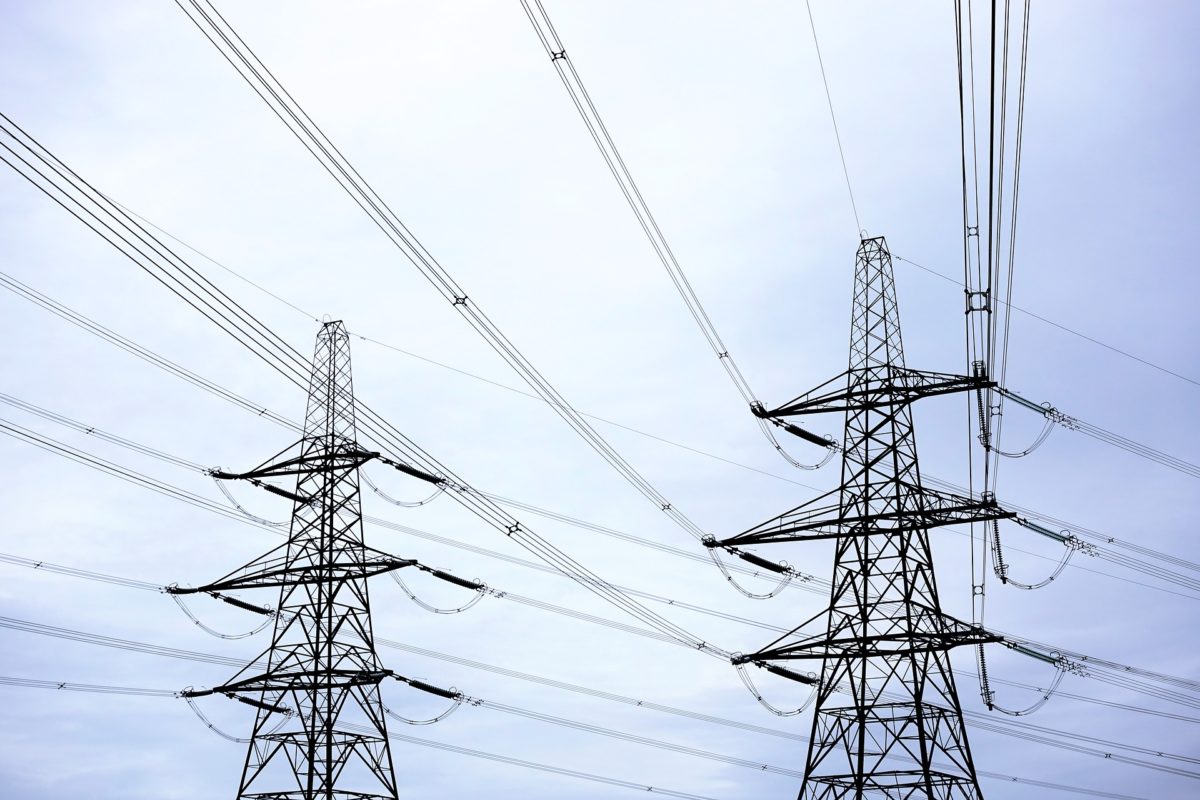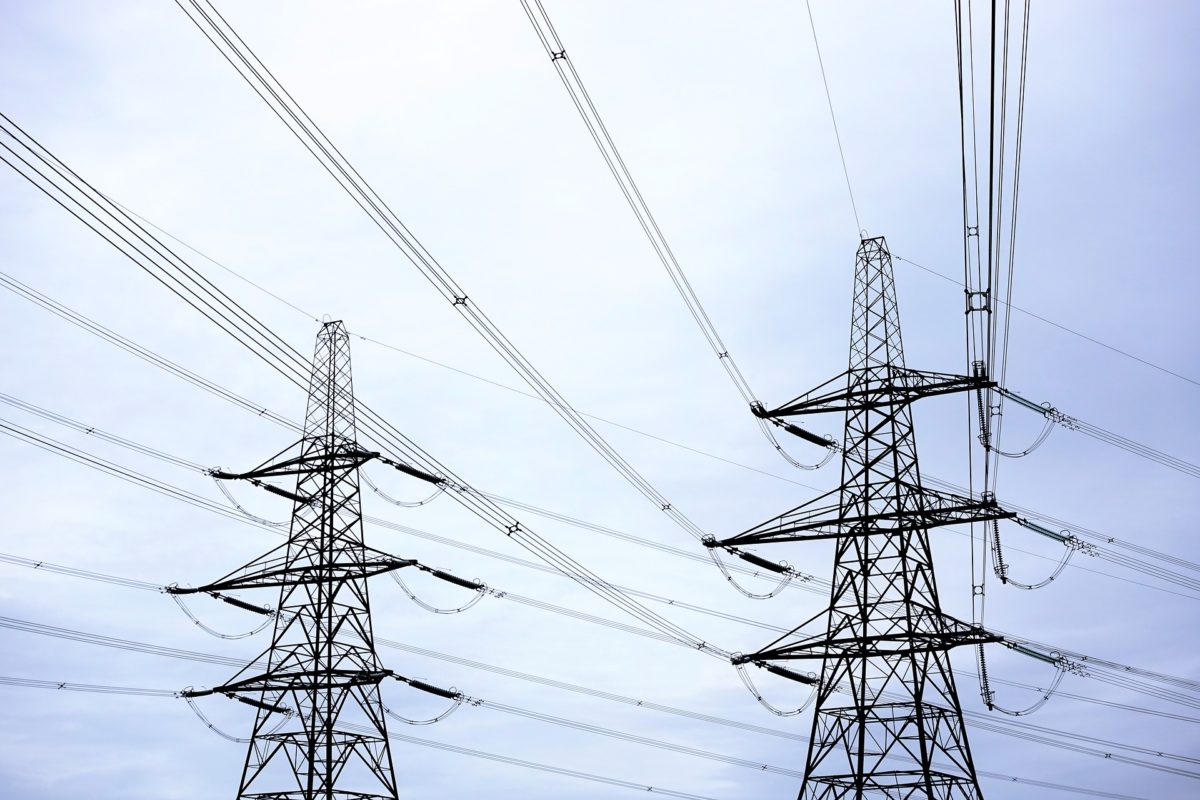https://pv-magazine-usa.com/2023/06/12/three-ways-states-can-fix-interconnection-of-distributed-solar-and-storage/
Three ways states can fix interconnection of distributed solar and storage

Image: Pixabay
States have regulatory authority that can help clear the “interconnection bottleneck” that limits the connection of distributed solar and storage to the distribution grid, said the consultancy Applied Economics Clinic in “The Interconnection Bottleneck“, a report for the nonprofit Clean Energy Group.
The report is based on interviews with 15 people from solar and storage firms and trade groups, nonprofits, and state agencies, along with an original case study for Massachusetts and a review of prior studies.
In Massachusetts, more than 900 MW of proposed distributed energy resource (DER) capacity was delayed in 2019 “as a result of National Grid’s DER cluster studies, resulting in a regulatory investigation of the utility,” the report says.
And while the annual proposed capacity of distributed solar and storage in Massachusetts increased eight times between 2009 and 2022, the annual authorized capacity, measured by interconnection authorizations, is no higher now than it was in 2012, and only exceeded 7 MW per year in 2017 and 2018, the report says.
The report’s authors say that the findings from its Massachusetts case study “are broadly applicable” across the U.S.
The Massachusetts process for DER interconnection has three features that “help determine where the process creates barriers to more rapid interconnection,” the report says:
- Determination of hosting capacity,
- Applicants’ payment of costs, and
- Iteration between utilities and project applicants on the upgrades and system modifications “that applicants can accept” to receive an authorization to interconnect.
Solutions
To improve hosting capacity, the report recommends “pro-active, system-wide” interconnection planning that forecasts hosting capacity needs and makes system upgrades to expand hosting capacity before interconnection requests exceed the existing capacity.
To avoid unfair cost allocation to some customers, the report advises spreading distribution system upgrade costs over a broad set of stakeholders, not just the projects applying for interconnection, and to determine cost allocation “prior to and separately from” specific individual or cluster project applications.
For storage resources, the report recommends that interconnection studies evaluate how storage resources would be expected to operate, allow smart inverters to regulate bidirectional power flows, and enable predictable charging and discharging from storage systems. The report references the “BATRIES” report, prepared by a team led by the Interstate Renewable Energy Council, in making its recommendations.
The report also recommends continuous iteration to build in regular improvements to interconnection processes.
The U.S. Department of Energy’s i2X initiative will address DER cost allocation and queue management in a webinar on July 26.
This content is protected by copyright and may not be reused. If you want to cooperate with us and would like to reuse some of our content, please contact: editors@pv-magazine.com.



